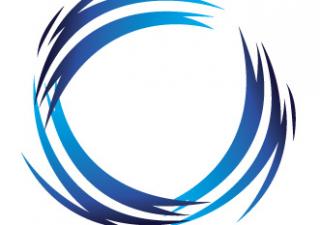Range of Motion’s Exercise Improvement Programs have been developed to assist in improving the ability to complete the movements that people most commonly struggle with. They are designed to be cycled through over time, with each session running for only five minutes. This allows them to be completed in addition to (not instead of) your regular programming.
- Session 1: TEST: Five attempts only at max unbroken double-unders. Score is combined total.
- Session 2: For five minutes, single skips in 30 seconds, 30 seconds rest. The skips should be slow, not rushed.
- Session 3: Standing with your back to the wall, complete five sets of ten jumps. The wall will prevent the heels from kicking backwards. Every time you jump, double tap your hands on the sides of your legs to establish the rhythm needed for double-unders. You can refer back to this drill in future sessions if you lose rhythm.
- Session 4: Take five minutes to accumulate single reps of double-unders. Don’t rush these, but focus on quality. The rope must stop moving after every rep.
- Session 5: Take five minutes to work on the following. Three single skips, one double-under, three single skips.
- Session 6: Take five minutes to work on the following. Three single skips, one double-under, three single skips, one double-under, three single skips.
- Session 7: Take five minutes to work on the following. Three single skips, one double-under, three single skips, one double-under, three single skips, one double-under, three single skips.
- Session 8: Take five minutes to work on the following. Three single skips, two double-unders, three single skips.
- Session 9: Take five minutes to work on the following. Three single skips, three double-unders, three single skips.





